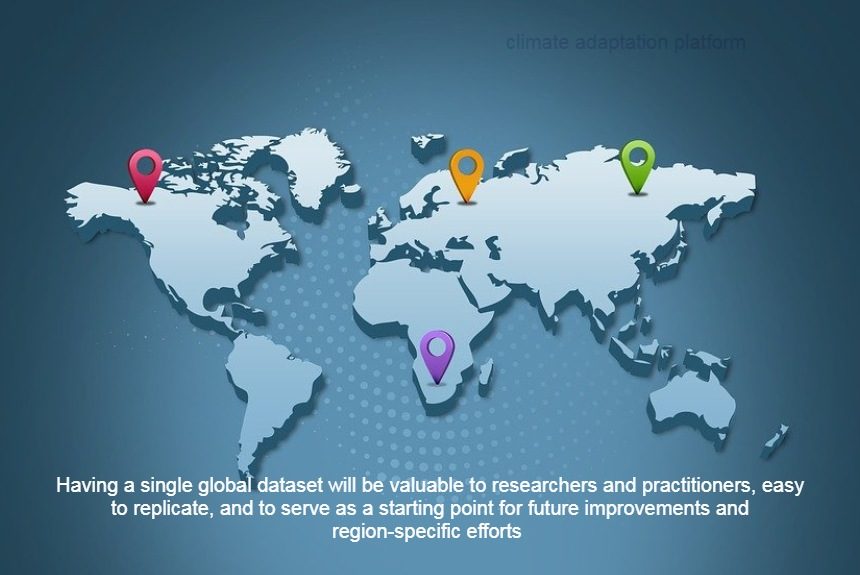Access to a resilient and reliable power source is crucial for delivering services such as health, education, and other infrastructure.
This is also the aim of Sustainable Development Goal 7 (SGD 7), which calls for universal access to affordable, reliable, and modern energy services by 2030. Achieving this goal will also pave the way to attaining other SGD goals.
According to the study “Predictive mapping of the global power system using open data,” 97 per cent of the global power population lives within 10 kilometres of a medium-voltage (MV) line. The study shows significant variations between regions and income levels.
The study further mentions:
- While data on high-voltage infrastructure globally is available, data and spatial information on medium- to low-voltage infrastructure are non-existent, according to the study. This is partly because many high-voltage network distribution infrastructure owners and operators must contribute data.
- Transmission operators of medium and lower voltage distribution networks, which are often on a national scale, have no GIS-ready formats, restricted public access, and do not have digitised aerial photographs. This may be due to smaller overhead line structures or cables often buried in many urban areas.
- Limited data on medium—to low-voltage infrastructure and location make it challenging for governments and utility services to make improvements like extending, strengthening, and modifying electricity networks and increasing renewable energy’s share of the global energy mix to improve network resilience, which can significantly contribute to the region’s climate change adaptation.
To attain the SGD 7 goals, researchers of the “Predictive mapping…” study have created a first composite map of the global power system, using a combination of state-of-the-art algorithms in geospatial data analysis, open data sources such as OpenStreetMap, publicly released satellite imagery, and derived products from NASA, NOAA, ESA, and others.
A single global dataset will be valuable to researchers and practitioners, easy to replicate, and a starting point for future improvements and region-specific efforts. It will also “pave the way for improved electricity modelling and planning efforts.”
Arderne et al. (2020) say that this standardised global dataset of transmission, distribution and low-voltage lines will be a valuable starting point for electrification planners and researchers in several fields, such as assessing social inequalities, estimating exposure to natural hazards, and quantifying electricity infrastructure roll-out requirements.
Countries, especially those vulnerable to the effects of climate change, will find applying the study results useful for implementing climate adaptation and mitigation programs and even building back better.
Source:
Arderne, C., Zorn, C., Nicolas, C. et al. Predictive mapping of the global power system using open data. Sci Data 7, 19 (2020). https://doi.org/10.1038/s41597-019-0347-4



Leave a Reply